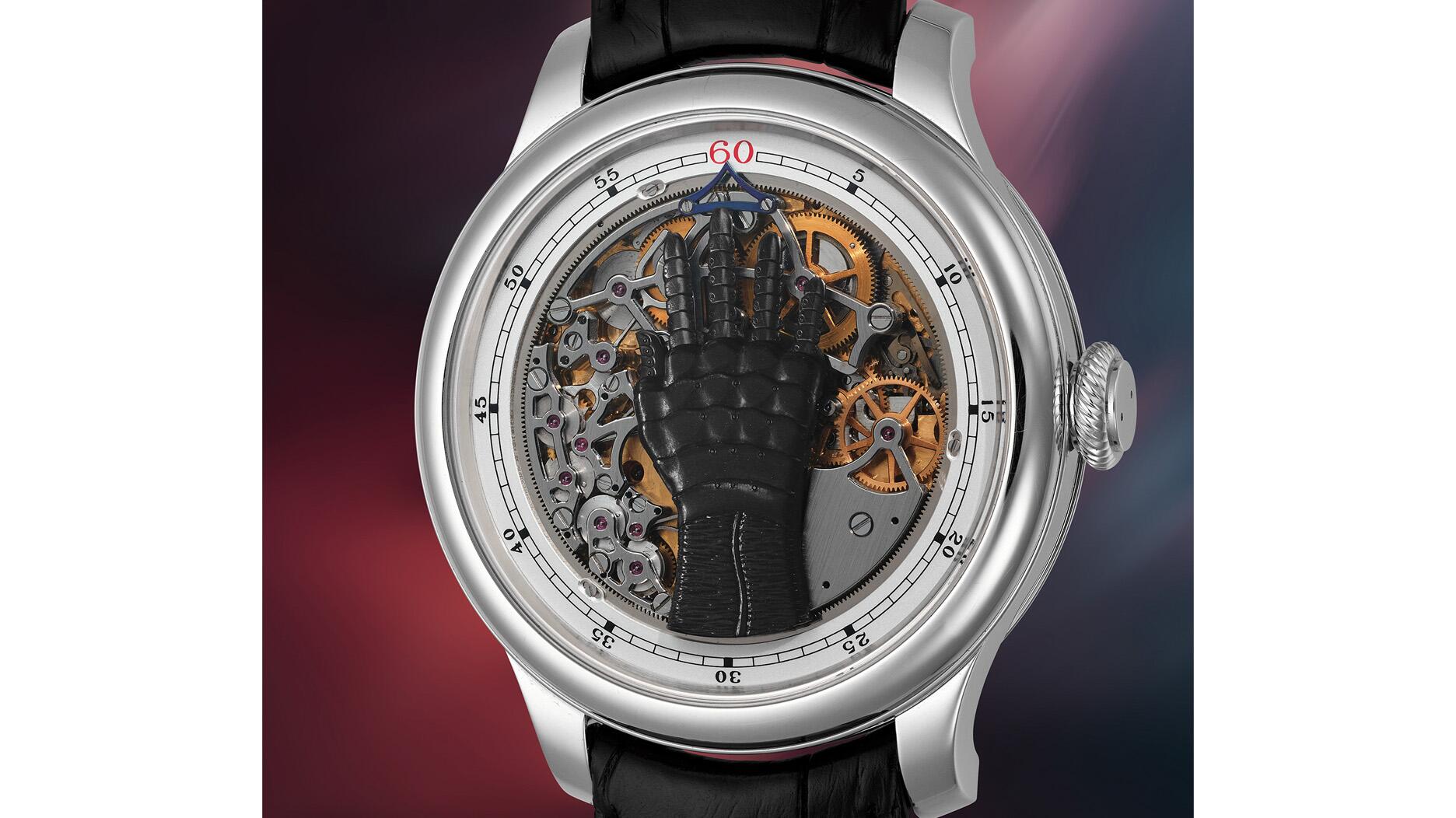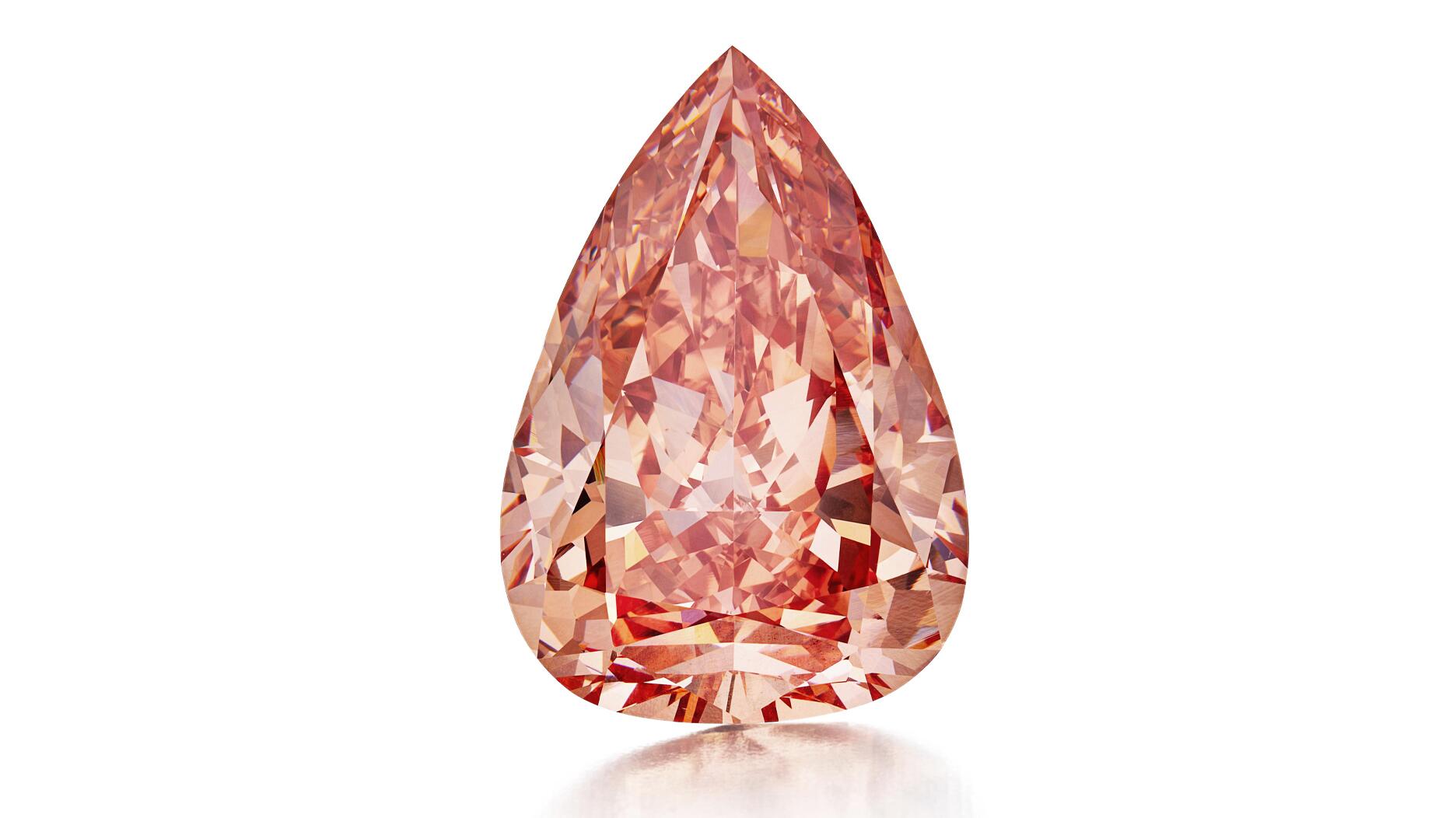Through Emerald-Colored Glasses: See the Gem Spectacles Going to Auction
With lenses made from emerald and diamond, the two Mughal-era pairs could sell for up to $3.5 million each at Sotheby’s this month.

At the Oct. 27 “Arts of the Islamic World & India” sale in London, the auction house will put two pairs of unique spectacles from an unknown “princely treasury” up on the block.
The “Gate of Paradise” glasses comprise two drop-shape, flat-cut emeralds weighing a total 27 carats set in silver and gold frames mounted with old-cut diamonds and emeralds. The lenses are approximately 2.6 cm x 2 cm x 0.295 cm.
Then there’s the “Halo of Light” spectacles, crafted with two flat-cut diamonds weighing 25 total carats set in silver and gold frames mounted with smaller old-cut diamonds. One lens is about 2.5 cm x 2.3 cm x 0.159 cm; the other approximately 2.4 cm x 2.2 cm x 0.171 cm.
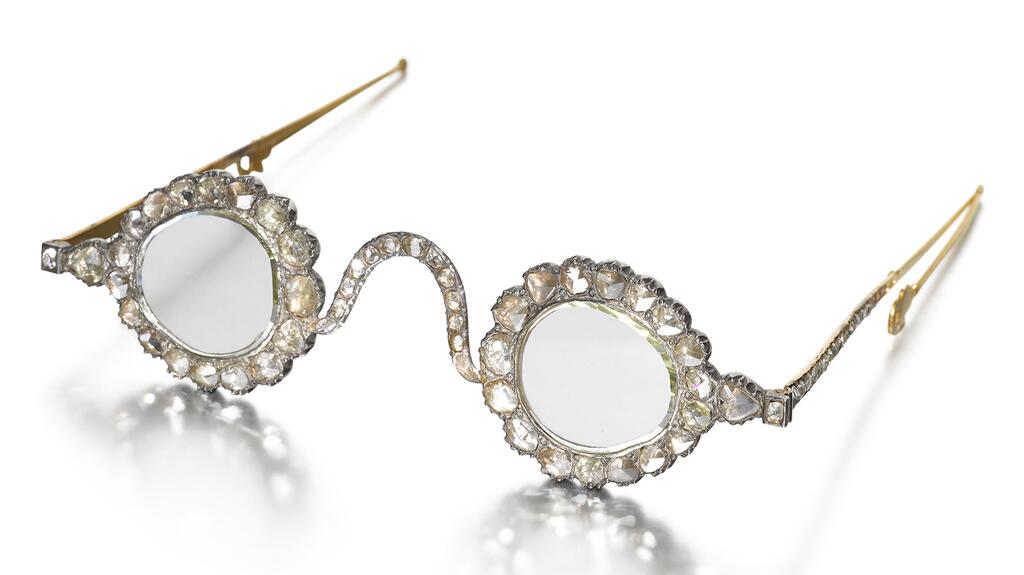
Each pair is estimated to sell for between £1.5 million and £2.5 million (about $2.1 million to $3.5 million) at the sale, where they are being offered for the first time.
The spectacles originated in 17th century Mughal India, where they were commissioned by an unknown prince, according to Sotheby’s.
An artist shaped a diamond weighing more than 200 carats and an emerald weighing at least 300 carats into the two creations.
Sometime around 1890, the lenses were placed into new frames, decorated with rose-cut diamonds.
And though the original patron of these pieces is unknown, the quality of the gemstones combined with their sizes suggest they “would no doubt have been in the reserve of an emperor.”
The teardrop-shaped emerald lenses originated from a single natural Colombian emerald, beveled at such an angle to preserve the intense color of the original stones.
The faceting around the edges of the diamond lenses took extreme skill, arranged to preserve transparency while also releasing light from the edges, Sotheby’s said.
Adding to the skill needed to craft such pieces is the lore and mythology behind them.
Where ordinary lenses aimed to improve sight, these filters were created to aid in spiritual enlightenment—diamonds were thought to illuminate, and emeralds were believed to have the power to heal and ward off evil.
Pliny the Elder provided the most famous—and likely earliest—example of such glasses in his work, “The Natural History,” dating from the Roman Empire, which recounts Emperor Nero watching the gladiator contests through a precious green stone.
Much later, the treasure of Charles V of France included a case of beryl stones framed as spectacles.
Watch: An Expert Talk About the Mughal Spectacles
“These extraordinary curiosities bring together myriad threads—from the technical mastery of the cutter and the genius of craftsmanship to the vision of a patron who chose to fashion two pairs of eyeglasses quite unlike anything ever seen before,” said Edward Gibbs, chairman of Sotheby’s Middle East & India.
“They are undoubtedly a marvel for gemologists and historians alike, and it is a real thrill to be able to bring these treasures to light and to offer the world the opportunity to wonder at their brilliance and the mystery behind their creation.”
The Latest

The new location in the Design District pays homage to Miami’s Art Deco heritage and its connection to the ocean.

Inflations, tariffs, and politics—including the government shutdown—were among consumers’ top concerns last month.

“Longtime favorite” presenters, as well as first-time speakers, will lead talks and workshops at the annual event in Tucson next year.

How Jewelers of America’s 20 Under 40 are leading to ensure a brighter future for the jewelry industry.

Silas Smith of Meridian Metalworks won the challenge with his pendant that blends Australian and American landscapes.


Most customers who walk into your store this month have made up their minds. Your job is to validate their choice, Emmanuel Raheb writes.

The collection features characters and motifs from Ukrainian folklore, including an enchanted mirror and a magic egg.

Roseco’s 704-page catalog showcases new lab-grown diamonds, findings, tools & more—available in print or interactive digital editions.

MatrixGold 3.11, the newest version of the jewelry design program, offers more flexibility, precision, and creative control.

The pavilion will be part of the 2026 JA New York Spring show, scheduled for March 15 to 17.

Kadet, a 1994 National Jeweler Retailer Hall of Fame inductee, helped grow the family-owned retailer in the Chicago area and beyond.

Billed as the world’s smallest wearable, Lumia Health’s new smart earrings have a health tracker subtly embedded in the back.

Don’t let those with December birthdays feel blue. Help them celebrate their month with blue zircon, turquoise, and tanzanite.

The new pink sapphire version of the piece dances with its wearer in the brand’s “Icons After Dark” holiday campaign.

A choice that’s generated a lot of commentary, Pantone says “Cloud Dancer” marks a fresh start and encourages relaxation and creativity.

The manufacturer’s holiday campaign features a gift guide filled with trending designs and jewelry that can be personalized.

The man was charged with theft, accused of ingesting the necklace while in a jewelry store in Auckland, New Zealand.

The Florida independent expanded its store from 8,000 to 14,000 square feet, fulfilling the vision of its late co-founder, Jim Dunn.
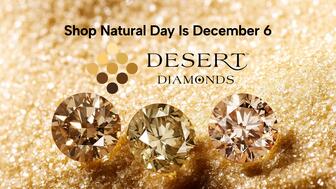
Sponsored by De Beers Group

The classic 5600 series G-Shock has been scaled down to about a tenth of its size, becoming a fully functioning watch ring.

The association’s annual conference and gala will take place Feb. 4, 2026, during the Tucson gem shows.

The January show will include a workshop for jewelry retailers on implementing AI to strengthen their businesses.
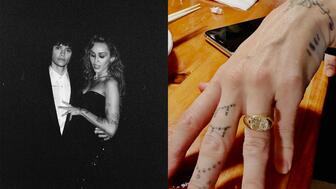
Fellow musician Maxx Morando proposed to the star with a chunky, cushion-cut diamond ring designed by Jacquie Aiche.

The retailer, which sells billions in fine jewelry and watches, is suing the Trump administration and U.S. Customs and Border Patrol.

Black Friday is still the most popular shopping day over the five-day holiday weekend, as per the National Retail Federation’s survey.
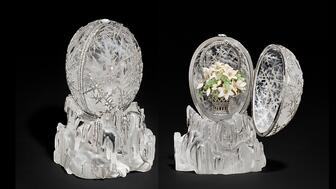
The historic egg, crafted for Russia's ruling family prior to the revolution, was the star of Christie’s recent auction of works by Fabergé.
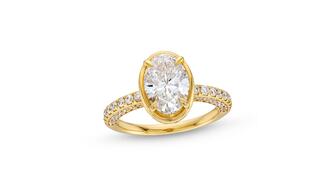
The retailer offered more fashion jewelry priced under $1,000, including lab-grown diamond and men’s jewelry.














